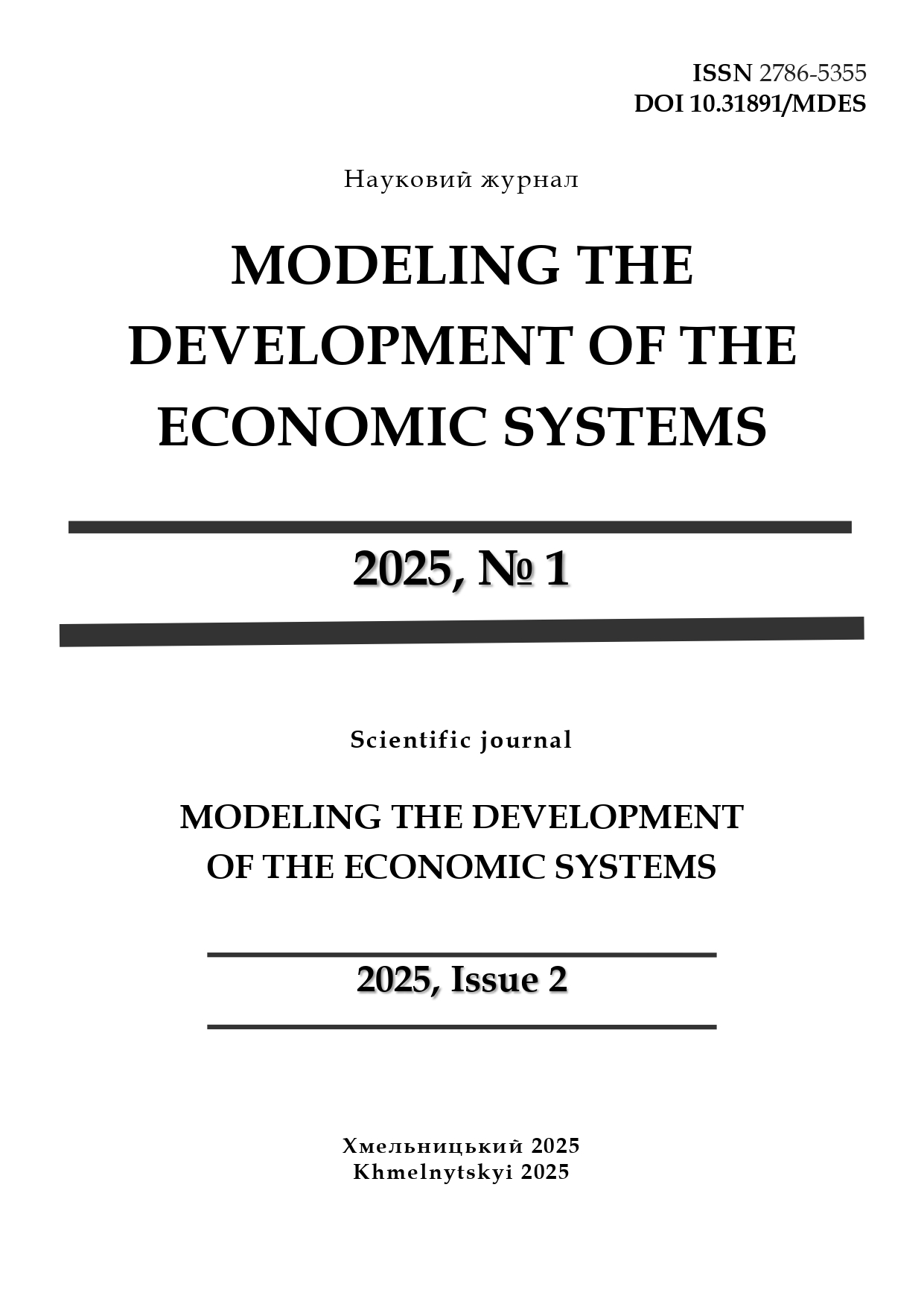TRANSPORT INFRASTRUCTURE AS A COMPONENT OF THE TRANSPORT SERVICE SYSTEM FOR AGRICULTURAL PRODUCT PRODUCERS
DOI:
https://doi.org/10.31891/mdes/2025-16-34Keywords:
infrastructure, logistics activities, transport services, agricultural products, transport system, tariffs, agriculture, plant protection productsAbstract
This article explores the distinctive aspects of transport infrastructure as an integral element within the broader transport service framework tailored for agricultural producers. It delves into an analysis of the overall condition of Ukraine's transport system, highlighting regional variations in cost indicators associated with transport services provided to agricultural enterprises. Furthermore, the study addresses key factors influencing transportation safety levels across various modes of transport, emphasizing their unique characteristics and implications for producers in the agricultural sector. Given that all forms of transport play a crucial role in delivering services to agricultural producers, the outlined characteristics can serve as valuable benchmarks in developing more robust strategies for enhancing transport support. This is particularly important in regions where agricultural activities exhibit varying levels of fragmentation. Particular attention is paid to the different levels of accessibility of agricultural producers in different regions of the country, as evidenced by significant differences in tariffs for transport services for agricultural producers, which are stable. Since the tariff policy in the field of transport services affects the prices at which consumers receive agricultural products, this is reflected in the population's food security. Strategic planning based on these characteristics can facilitate the optimization of transport services, ensuring higher quality and more reliable user access. As transport infrastructure continues to evolve and improve, it becomes essential to carefully consider the diverse needs and preferences of the vast array of transport service consumers. Integrating these distinct requirements into the framework of modernization strategies will significantly contribute to the progressive transformation of the transport sector, ultimately leading to more tailored and efficient solutions that address specific regional and industry challenges.
Downloads
Published
How to Cite
Issue
Section
License
Copyright (c) 2025 Лариса ІВАНЧЕНКОВА, Володимир ЛАГОДІЄНКО, Тетяна БАБАН, Олександр БУРЦЕВ, Тетяна ГОРОДЕЦЬКА

This work is licensed under a Creative Commons Attribution 4.0 International License.




